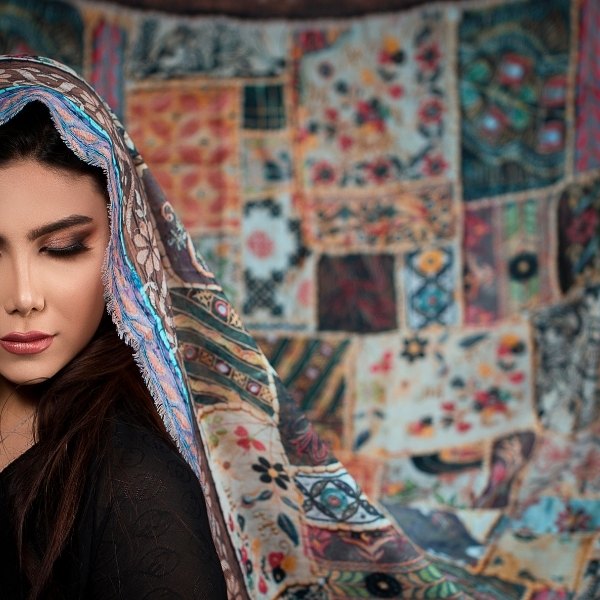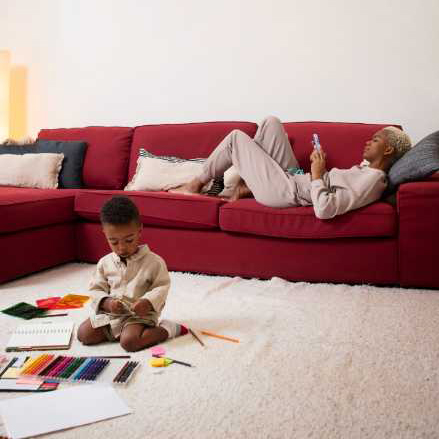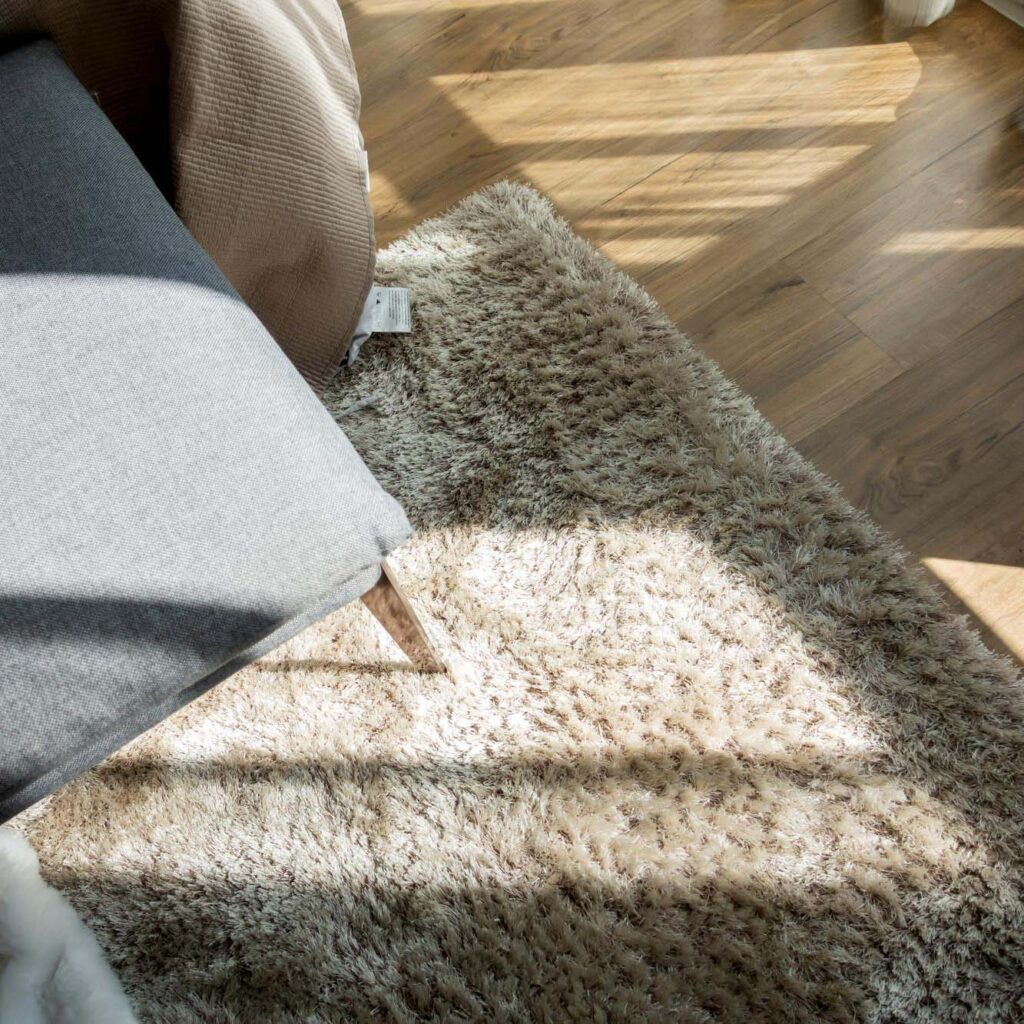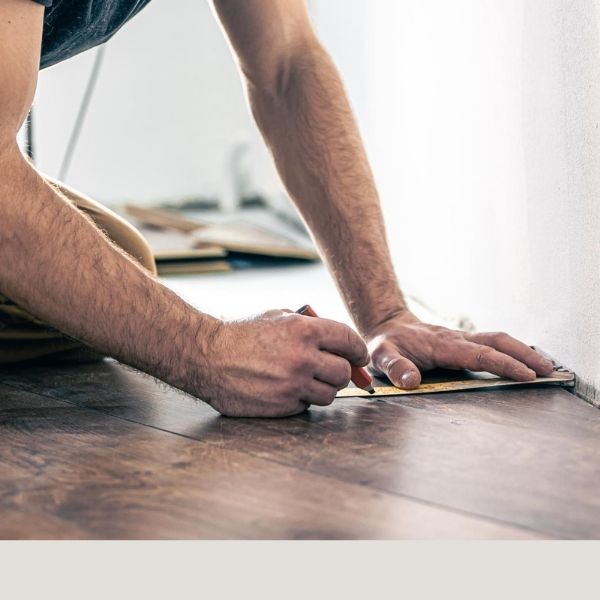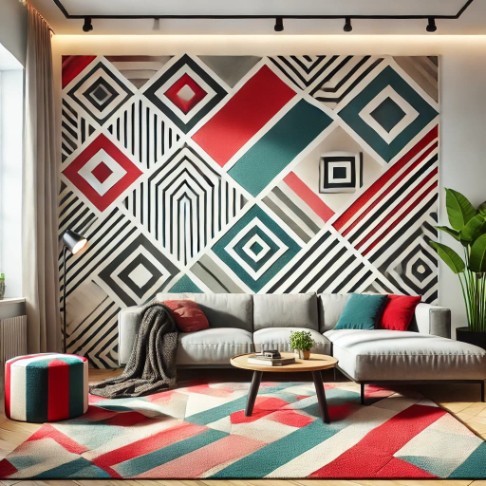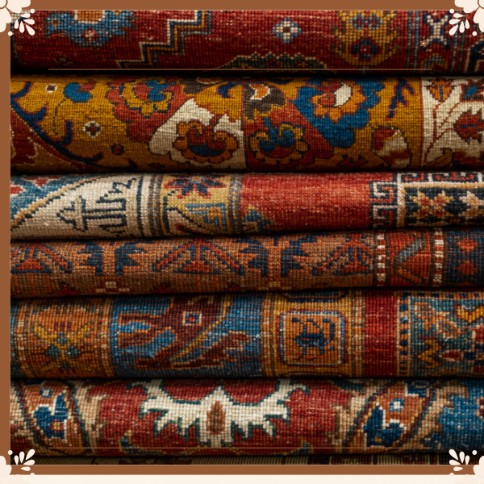The Role of Carpets in Traditional Architecture of Afghanistan and Iran
Carpets have been an inseparable part of the lives of the people of Iran and Afghanistan since ancient times. These two ancient lands, with a rich history in art and architecture, have always used carpets not only as a simple covering, but also as a symbol of beauty and culture. In this article, we will examine the position and role of carpets in the traditional architecture of Iran and Afghanistan.
1. The Role of Carpets in Traditional Iranian Architecture
a) A Manifestation of Beauty in Interior Spaces
In traditional Iranian houses, carpets played a role beyond a simple floor covering. They were part of the visual identity of the space and, with complex geometric designs and delicate floral patterns, gave a special beauty to the environment. In the magnificent Safavid palaces, handmade carpets with Shah Abbasid motifs were in stunning harmony with exquisite stucco and tile work.
b) Creating a Spiritual Atmosphere in Religious Places
In mosques, carpets were not just a decorative item, but also helped create a spiritual atmosphere. The symmetrical designs and soothing colors of the carpets were in harmony with Islamic architecture. For example, in the Nasir al-Molk Mosque in Shiraz, handmade carpets with warm colors provide an atmosphere full of peace and spirituality for worshipers.
c) Insulation for Heat and Sound
Traditional Iranian houses, due to their thick walls and cold floors, needed insulation to retain heat. Thick wool carpets met this need and, in addition to keeping the space warm, also reduced excess noise. In cities such as Yazd, the use of these carpets made the interior of the houses more pleasant.
D) Strong presence in culture and social occasions
Carpets were not only present in everyday life, but also in traditional ceremonies. From Nowruz celebrations to the religious ceremonies of Muharram, carpets were a manifestation of respect for traditions. The Mashhad Ardahal carpet-washing ceremony is a clear example of the cultural importance of carpets in Iranian rituals.
2. The role of carpets in traditional Afghan architecture
a) Reflection of ethnic culture and traditions
Afghan carpets tell the story of the diverse cultures of this land. The tribal designs and geometric patterns seen in the texture of these carpets symbolize the ethnic identity and beliefs of the people of
Afghanistan. For example, the carpets of the Baloch tribes, with their unique designs, are a reflection of ancient traditions and beliefs.
b) Multiple uses in traditional houses
In Afghan houses, carpets are not only used as floor coverings. They also cover part of the walls, and this feature not only adds to the beauty of the space but also helps retain heat. In cold regions like Bamyan, thick carpets play a vital role in keeping homes warm.
c) Source of income and a factor for economic independence
The carpet weaving industry in Afghanistan is a vital source of income. Many families, especially in rural areas, earn a living through carpet weaving. Hand-woven Herati carpets and Turkmen rugs, due to their quality and unique designs, have many fans in global markets and also provide economic opportunities for Afghan women.
d) Presence in religious and cultural spaces
In mosques and shrines in Afghanistan, carpets are part of the spiritual space. For example, in the Grand Mosque of Herat, handmade carpets with traditional patterns not only contribute to the beauty of the environment but also provide a relaxing atmosphere for worshipers.
E) Appearance in traditional rituals and celebrations
Colorful carpets are an integral part of traditional Afghan celebrations. At weddings or the Nowruz celebration in Mazar-e-Sharif, these carpets create an atmosphere full of color and joy and give the celebrations a special identity.
3. Similarities and differences between Iran and Afghanistan
Similarities:
Decorative and practical use: Both countries use carpets for beauty and functionality in homes, mosques, and public spaces.
Traditional patterns: Geometric designs and cultural symbols are seen in the carpets of both countries.
Cultural role: Carpets are part of religious and national ceremonies such as Nowruz in Iran and Eid al-Fitr in Afghanistan.
Differences:
Design Style: Geometric and Islamic patterns are common in Iran, while tribal and local designs are dominant in Afghanistan.
Color: Iranian carpets are known for their warm and diverse colors, but in Afghanistan, darker colors are used.
Multi-purpose Use: In Afghanistan, carpets are used for walls in addition to floors, but in Iran they are mainly used as floor coverings.
Weaving Methods: Carpet weaving in Afghanistan is mainly manual and traditional, while in Iran, in addition to traditional methods, modern technologies are also used.
4. Conclusion
Carpets in the cultures of Iran and Afghanistan are more than just a decorative or functional device. They reflect part of the cultural, artistic, and historical identity of these two countries. Every thread and weave of these carpets tells a story of the art, tradition, and life of a people who have been immortalized in history for centuries.


